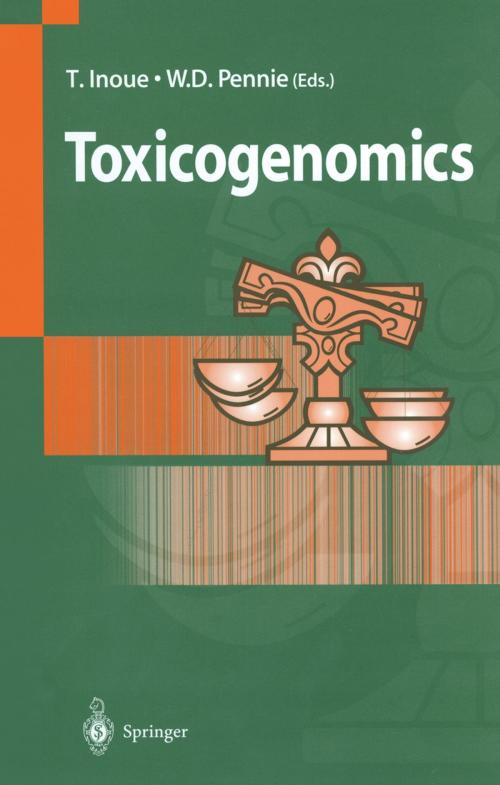| Author: | ISBN: | 9784431669999 | |
| Publisher: | Springer Japan | Publication: | March 9, 2013 |
| Imprint: | Springer | Language: | English |
| Author: | |
| ISBN: | 9784431669999 |
| Publisher: | Springer Japan |
| Publication: | March 9, 2013 |
| Imprint: | Springer |
| Language: | English |
The meteoric rate at which the human genome is being sequenced has presented to the research community a vast array of newly discovered genes, which in tum has catalyzed an even more dramatic effort to decipher this voluminous data set into understanding how genes function both individually and in complex pathways that regulate the biochemistry of life. A compendium of gene expression data, enhanced by complete proteomic analysis, will enable investigators to probe into the complexities of the mechanisms of normal genetic and metabolic pathways and, subsequently, how disease occurs when they malfunction. The new science of toxicogenomics combines genomic, proteomic, and informatics technologies, and biological research can now foresee a time when there will be a full comprehension of the complex dynamic mechanisms of genetics, biochemistry, and physiology. The inherent power of toxicogenomics derives from an amalgamation of multiple scientific disciplines that were originally drawn together to facilitate sequencing the three billion bases that comprise the human genome. Traditionally, the science of toxicology has been founded upon empirical codification of dose-related effects. It has evolved to studies that are directed towards understanding the mechanisms by which individual agents cause their effects in humans. Due to technical limitations, this process has been relatively slow, since it has accomplished one chemical or one effect at a time.
The meteoric rate at which the human genome is being sequenced has presented to the research community a vast array of newly discovered genes, which in tum has catalyzed an even more dramatic effort to decipher this voluminous data set into understanding how genes function both individually and in complex pathways that regulate the biochemistry of life. A compendium of gene expression data, enhanced by complete proteomic analysis, will enable investigators to probe into the complexities of the mechanisms of normal genetic and metabolic pathways and, subsequently, how disease occurs when they malfunction. The new science of toxicogenomics combines genomic, proteomic, and informatics technologies, and biological research can now foresee a time when there will be a full comprehension of the complex dynamic mechanisms of genetics, biochemistry, and physiology. The inherent power of toxicogenomics derives from an amalgamation of multiple scientific disciplines that were originally drawn together to facilitate sequencing the three billion bases that comprise the human genome. Traditionally, the science of toxicology has been founded upon empirical codification of dose-related effects. It has evolved to studies that are directed towards understanding the mechanisms by which individual agents cause their effects in humans. Due to technical limitations, this process has been relatively slow, since it has accomplished one chemical or one effect at a time.















